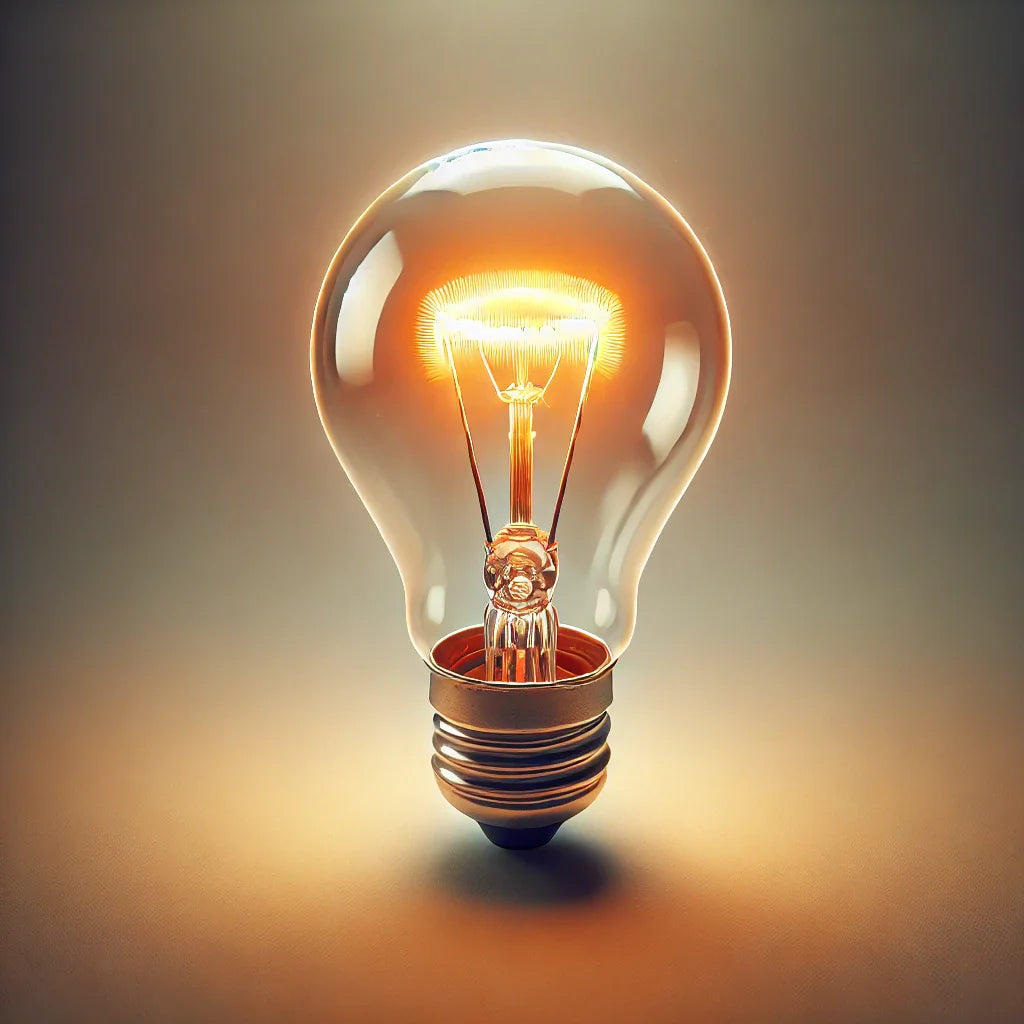Halogen light bulbs are a familiar fixture in many households and for good reason. You might have noticed that your halogen light bulb gets really hot during use, which can be concerning if you are not aware of the purpose and design of these bulbs. Rest assured, it is completely normal, and understanding why can help you make the most of these efficient lighting options in your home or workspaces.
The Science and History Behind Halogen Bulbs
The halogen bulb, a type of incandescent lamp, harnesses the power of heat to produce light. Unlike regular incandescent bulbs, halogen bulbs have a small amount of halogen gas inside their quartz envelope. This gas allows for a regenerative cycle that redeposits evaporated tungsten back onto the filament, prolonging the bulb's lifespan and keeping it brighter longer. The high heat is actually a crucial component of this regenerative process.
Halogen technology developed as a response to the short lifespans and inefficiencies of earlier incandescent bulbs. First introduced in the mid-20th century, halogen bulbs brought newfound efficiency and brilliance to both household and commercial lighting. Their ability to emit a bright, natural light has made them a popular choice for settings where quality of light is important—such as in art studios, galleries, and homes.
Benefits of Using Halogen Bulbs
While the characteristic heat of halogen bulbs might be disconcerting at first, especially with notorious incidents of scorching heat, there are several benefits that make their use worthwhile:
Candle Warmer Lamps
Halogen bulbs can be ingeniously used in candle warmer lamps, which allow you to enjoy the scent of candles without actually lighting them. The heat generated by the bulb melts the wax, releasing fragrance without smoke or soot—ideal for smoke-sensitive environments.
Reptile Lamps
For pet owners with cold-blooded reptiles, halogen bulbs are essential. They provide the intense heat required to simulate the sun’s warmth, crucial for reptiles' health and well-being. Halogen reptile lamps are often used to create basking spots, mimicking a natural habitat.
Energy Efficiency
Halogen bulbs are more energy-efficient than traditional incandescent bulbs. They have a longer life and produce a higher lumen output per watt. Their design also makes them more durable and less susceptible to frequent switching on and off.
Maintenance Tips for Halogen Bulbs
To maximize the lifespan and efficiency of your halogen bulbs, consider these maintenance tips:
- Avoid oils: When handling halogen bulbs, use a cloth or gloves to prevent oils from your skin from transferring onto the bulb. This can lead to uneven heating and a shortened bulb life.
- Keep it cool: Ensure adequate ventilation around the bulb to manage the heat. A well-ventilated fixture can prevent heat buildup, which could potentially damage the fixture or surrounding area.
- Check fixtures: Regularly inspect the fixtures housing your halogen bulbs to ensure they are properly designed to handle the heat output.
- Use dimmers: Consider using dimmers with compatible halogen bulbs. This can extend their life by reducing the operating temperature when full brightness is not needed.
Comparing Halogen Bulbs with Other Lighting Sources
In comparison to other lighting technologies available today, halogen bulbs still present a unique set of advantages. LED and CFL bulbs are often championed for their low energy consumption, but they do not always provide the same light quality preferred for certain applications, such as task lighting or in situations where excellent color rendering is critical.
While LEDs are cooler and last longer, they often come at a higher upfront cost and may not fit every fixture designed for incandescent or halogen bulbs. Each lighting choice offers different benefits and trade-offs, so it’s important to assess your needs before making a switch.
Conclusion
So, if you’ve been pondering whether the heat from your halogen light bulb is something to worry about, rest assured it's perfectly normal and by design. Embracing the warmth it brings can offer multiple benefits, from enhancing your decor with candle warmers to providing essential heat for your reptile pets.
Remember, understanding the science and best practices for maintaining these bulbs can ensure that you enjoy their full spectrum of benefits. In a world filled with lighting options, halogen bulbs remain a viable and sometimes preferable option.
For more in-depth information about lighting technologies, you might find this resource from the U.S. Department of Energy helpful. Additionally, check this article from Electrical Contractor Magazine for a detailed comparison of different bulb types, including halogens.
Consider your lighting needs carefully, and don’t shy away from enjoying the simplicity and effectiveness of halogen bulbs where they truly shine.

